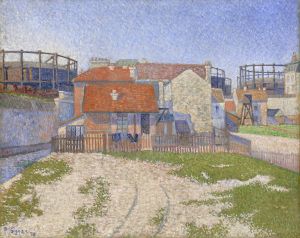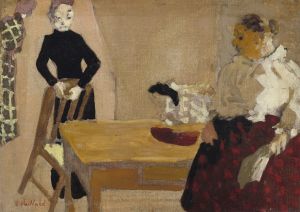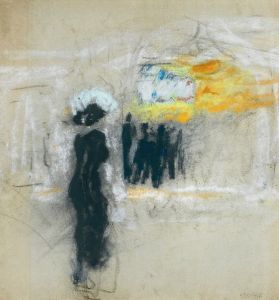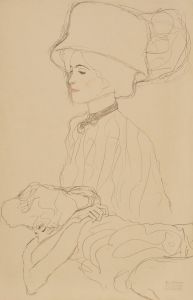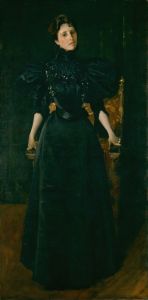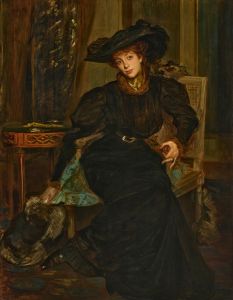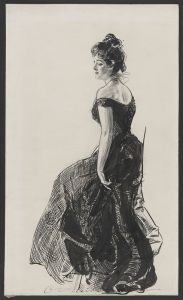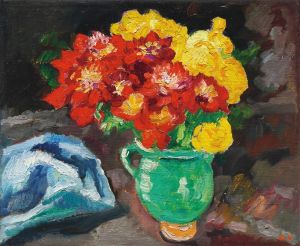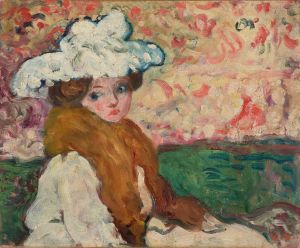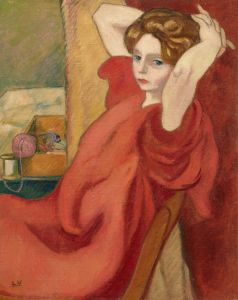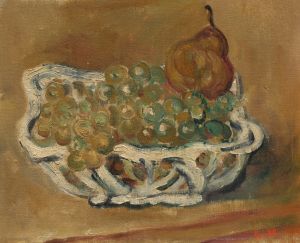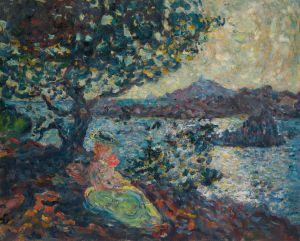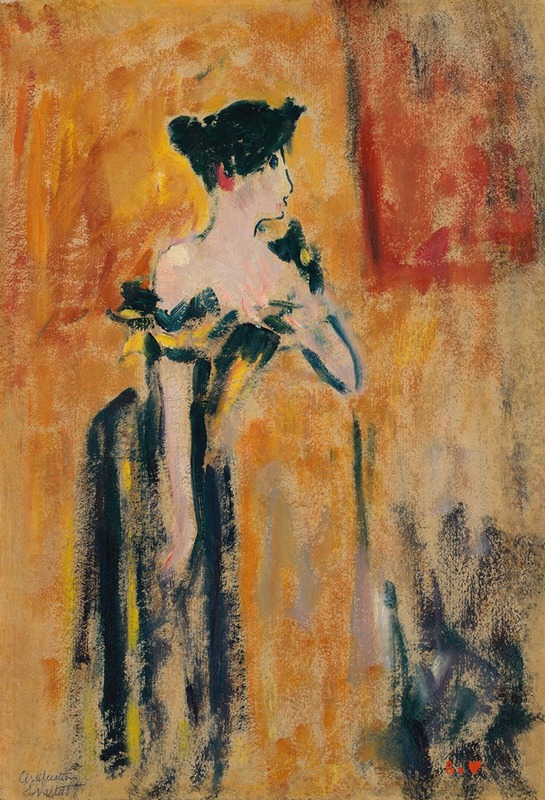
Brune à la robe noire et jaune
A hand-painted replica of Louis Valtat’s masterpiece Brune à la robe noire et jaune, meticulously crafted by professional artists to capture the true essence of the original. Each piece is created with museum-quality canvas and rare mineral pigments, carefully painted by experienced artists with delicate brushstrokes and rich, layered colors to perfectly recreate the texture of the original artwork. Unlike machine-printed reproductions, this hand-painted version brings the painting to life, infused with the artist’s emotions and skill in every stroke. Whether for personal collection or home decoration, it instantly elevates the artistic atmosphere of any space.
Louis Valtat was a French painter associated with the Fauvist movement, known for his vibrant use of color and bold brushwork. Born on August 8, 1869, in Dieppe, France, Valtat was a contemporary of artists like Henri Matisse and André Derain, who were also key figures in the Fauvist movement. Valtat's work is characterized by its vivid color palette and expressive style, which often depicted landscapes, still lifes, and portraits.
One of Valtat's notable works is "Brune à la robe noire et jaune," which translates to "Brunette in a Black and Yellow Dress." This painting exemplifies Valtat's Fauvist style, showcasing his ability to use color to convey emotion and atmosphere. The subject of the painting is a woman, depicted with a focus on the interplay of colors in her attire and surroundings. The black and yellow dress serves as a focal point, highlighting Valtat's interest in exploring the effects of contrasting colors.
Valtat's approach to painting was heavily influenced by his education and early experiences. He studied at the École des Beaux-Arts in Paris and later at the Académie Julian, where he was exposed to the works of Impressionist and Post-Impressionist artists. This exposure played a significant role in shaping his artistic style, which combined elements of these movements with his unique use of color.
Throughout his career, Valtat maintained a close relationship with other artists of his time. He was friends with Pierre-Auguste Renoir and collaborated with him on several occasions. Valtat's work was also exhibited alongside that of other Fauvist painters, contributing to the recognition and development of the movement.
"Brune à la robe noire et jaune" reflects Valtat's interest in capturing the essence of his subjects through color and form. The painting's composition and use of color demonstrate his mastery of the Fauvist style, which prioritized emotional expression over realistic representation. Valtat's work often focused on the beauty of everyday scenes, using color to transform ordinary subjects into vibrant and dynamic compositions.
Valtat's contributions to the Fauvist movement and his innovative use of color have earned him a place in the history of modern art. His paintings are held in various collections and museums worldwide, where they continue to be appreciated for their boldness and originality. "Brune à la robe noire et jaune" is a testament to Valtat's skill as a colorist and his ability to convey emotion through his art.
In summary, Louis Valtat's "Brune à la robe noire et jaune" is a significant work that highlights the artist's Fauvist style and his innovative use of color. The painting captures the essence of its subject through a vibrant interplay of colors, reflecting Valtat's mastery of the Fauvist technique and his contribution to the movement.





